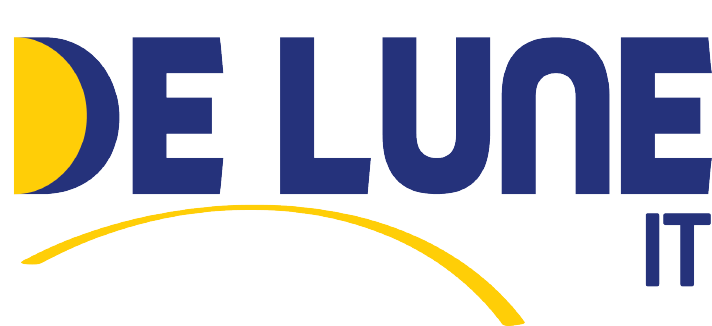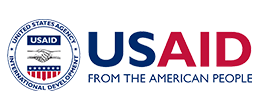De Lune Cloud Services
De Lune’s cloud services can help you realize your organization’s unique cloud advantage. Cloud is a technology embedded service. It is the power to transform. It transformation
We have a range of service offerings and capabilities available to you throughout your Cloud journey, whether it’s for a full end to end business transformation, a single part of the transformation journey, or ad hoc components of a cloud strategy. De Lune Corp’s unparalleled industry and business innovation expertise can assist you in your IT transformational journey and unlock your organization’s full potential and get you to the future faster.
Architecture and operations review
Architecture reviews must be conducted consistently, and in a way that promotes going deep. It should be a speedy procedure that takes a few hours rather than days and is more like a discussion than an audit. The aim of evaluating an architecture is to find any pressing problems that might need attention or potential improvement areas. A collection of steps that should enhance a customer’s use of the workload are the review’s result.
Each team member must be responsible for the quality of its architecture. The team members who build an architecture use the Well-Architected Framework to continually review their architecture, rather than holding a formal review meeting. It is premised on a set of design principles that influences architectural approach, and questions that ensure that people don’t neglect areas that often featured in Root Cause Analysis (RCA). A continuous approach allows your team members to update answers as the architecture evolves and improve the architecture as you deliver features.
Cost Optimization
A cost-optimized workload fully utilizes all resources, achieves an outcome at the lowest possible price point, and meets your functional requirements. Investing in Cloud Financial Management in order to be financially successful and expedite the realization of company value in the cloud. Your company must invest the necessary time and money to develop expertise in this brand-new area of technology and usage management. You need to develop capability through knowledge building, programs, resources, and processes to help you become a cost-effective business, exactly as you do with your security or operations capabilities.
Pay only for the computer resources you actually consume and adjust your consumption to suit your company’s needs. Measure the business output of the workload and the costs associated with delivery. Use this data to understand the gains you make from increasing output, increasing functionality, and reducing cost.
Our cloud servers do all the heavy lifting of data center operations like racking, stacking, and powering servers. It also removes the operational burden of managing operating systems and applications with managed services. This allows you to focus on your customers and business projects rather than on IT infrastructure. The cloud makes it easier to accurately identify the cost and usage of workloads, which then allows transparent attribution of IT costs to revenue streams and individual workload owners. This helps measure return on investment (ROI) and gives workload owners an opportunity to optimize their resources and reduce costs.
Guidance on leveraging AWS Migrations programs
Cloud adoption is more than just a technology transformation. To move to the cloud effectively, De Lune guides your organization on using the AWS Cloud Adoption Framework (AWS CAF) and its six perspectives (business, people, governance, platform, security, and operations) as a framework to ensure a comprehensive view of the transformation initiative.
Before migrating resources to AWS, you need to plan ahead. Choose the migration method, tools (if applicable), and operating model that you’re using to manage, govern, and secure your environment.
Your planning should include creating a comprehensive wave plan with key assumptions. Identifying dependencies, tools, the number of sprints, and ownership of the sprints. Building the account structure, access, security, network, connectivity, automation, and pipelines.
The organization must have the migration tools and landing zone ready. The change control and impact assessment processes, and communication plan must be in place. Define the organization’s production operations and operating model. Finally select and commit the resources, including partners.
Teams should also establish a shorter cadence for sprints, planning, and retrospective meetings. One-week or two-week sprints to check your progress and feedback will assist you in adjusting to Cloud, to allow for pivoting, and to create a sense of urgency.
Migration roadmap
The three-phase migration process is designed to help your organization approach a migration of tens, hundreds, or thousands of applications. While each phase is a common component of a successful migration, they are not discrete phases, but an iterative process. As you iterate and migrate more applications, you will be able to drive repeatability and predictability in processes and procedures and find that the migration process accelerates.
We follow a three-phase migration roadmap Assess: At the start we assess your current readiness for operating in the cloud. Then identify the desired business outcome and justify your business case for migration.
Mobilize: Create a migration plan and refine your business case. We assist you to address gaps in your organization’s readiness that were uncovered in the assess phase, with a focus on building your baseline environment (the “landing zone”), driving operational readiness, and developing cloud skills.
One critical aspect of developing your migration strategy is to collect application portfolio data and rationalize applications using the seven common migration strategies: relocate, rehost, re-platform, refactor, repurchase, retire, or retain.







